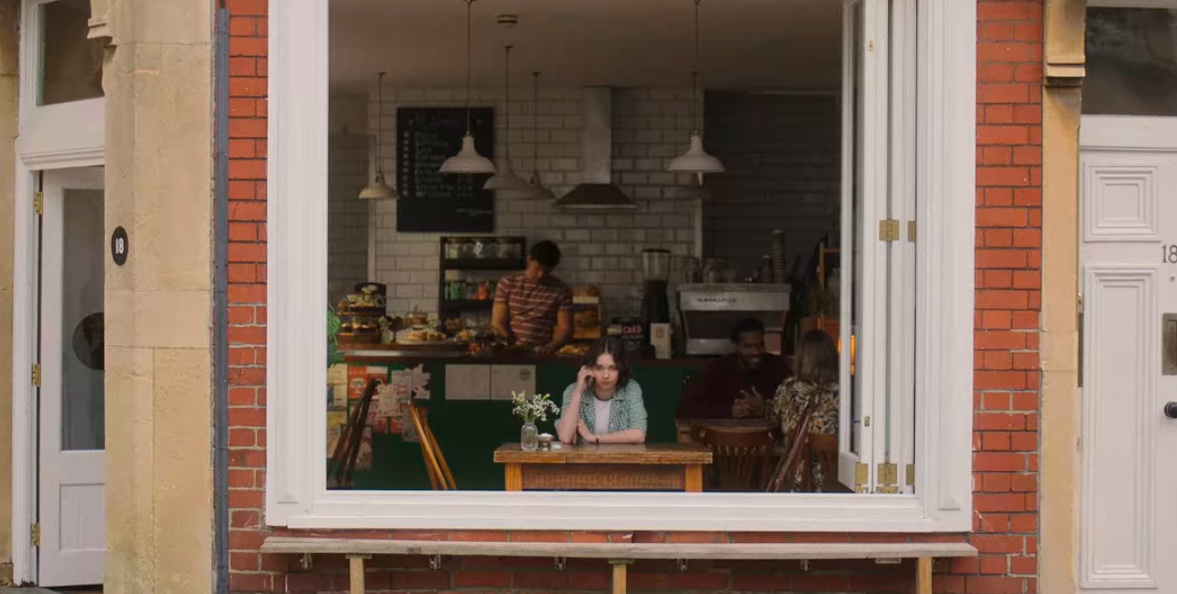In Netflix’s ‘A Good Girl’s Guide to Murder,’ a sleepy British town named Little Kilton finds itself at the center of a murder mystery that is convoluted by the web of secrets and lies that the town’s residents hold on to. The unraveling of these secrets is behind with 17-year-old Pippa Fitz-Amobi, who decides to look into the murder of Andie Bell, which is officially solved and was shut five years ago. The only suspect in the case was Andie’s boyfriend, Sal Singh, but Pip is unconvinced about his guilt. With his brother, Ravi, she goes about town, digging up all possible clues and following the new leads they present. In their journey, we also get a better sense of the town, and the eerie vibe of the murder is balanced by the quaint cafes there.
The Netflix Series Used Real Locations to Create Little Kilton
In a story where the town becomes a character unto itself, it is important to portray the place in a realistic light. To do that, the creators of ‘A Good Girl’s Guide to Murder’ decided to shoot on location and employed towns like Axbridge in Somerset and Bristol to get the right look for Little Kilton. They also scoured the nearby towns and areas to get additional locations for the series, and the cafes we see in the series are filmed in these locations.
One of the cafes in the show is The Wilson’s Tearoom, which has a huge glass window on the wall where Pip sits while talking on the phone with Ravi. This scene was filmed in the Wilson’s Bread Shop on Redland Road in Bristol. On the same road is the Costcutter convenience store, which doubles as the Little Kilton Corner Store in the series. In the same vein, other cafes like The Moonstone and the place where Ravi works were also filmed in real places, the latter being the Hillgrove Porter Stores in Kingsdown, Bristol. Interestingly, the cafe’s name is a call-back to Wilkie Collins’ novel, ‘The Moonstone,’ which is considered a landmark work in the early days of the modern detective genre.
These cozy cafes in Little Kilton present a stark contrast to its darker locations, especially the woods surrounding it and where many bad things in the show take place. This way, the cafes, restaurants, and bakeries give a sense of comfort to the characters as well as the audience. Usually, the characters take a break in these places, especially after they’ve experienced something life-changing or threatening. These places give off the vibe of a safe haven where the characters don’t feel threatened despite the continual danger surrounding them.
The cafes also deliver a superficial charm to Little Kilton, which is how most people see the place: a charming, sleepy town where bad things don’t happen. Over the course of the series, this fake charm peels away, and we see a darker aspect of the community where crimes don’t just happen as much as they do in any other place, but they are also hidden away to maintain a fake sense of security by its people.
Read More: A Good Girl’s Guide to Murder: What do the Black Ribbons Signify?

